Tuesday 23rd June
English: To interpret a character's experiences and surroundings.Activity 1: Listen to Chapter 2 of 'Skellig' on the Learning --> Stories page of the website. As you are listening, create a list of interesting words or phrases you hear me read. Bullet point these in a list under the sub-heading 'Word Bank'. Listen carefully to how the garage is described. Activity 2: In this chapter, Michael enters the garage. Do you think the garage looks like this?
Or do you think it looks more like this?
“Rusty nails were scattered on the floor” “Ancient doors leaning against walls” Activity 3 (Optional): Draw what you believe Michael's garage looks like, inside and out. Consider the words and phrases you collected in your word bank. Activity 4: Write a short (minimum 2 paragraphs ) diary entry from the perspective of Michael as he enters the garage and takes in his surroundings. Use the description we read and collected in chapter 2 to write your entry. Success Criteria:A diary entry should:
Extension: Write a prediction for chapter 3: What will happen next in the story? Synonyms and AntonymsOpen the following link: Synonyms and Antonyms
|
MathsYear 5 L.O: To understand percentages.Activity 1: Re-watch the demonstration video below for today's lesson.
Activity 2: Work out the shaded percentage of each grid below. Remember a % is out of 100. E.g. If 1/5 is shaded for question 1, we need to put that out of 100. We multiply 5 by 20 to get 100 so we also multiply the 1 by 20 also to get 20 so the shaded area out of 100 = 20/100 so 20%!
Activity 3: Open up the file below titled 'Y5 Reasoning & Problem Solving' and complete either the Bronze, Silver OR Gold page. There are 6 questions for each level. Use the answers on page 4 to mark your work when you have answered all 6 qus.
Year 6 L.O: To 'find a rule'.Activity 1: Re-watch the demonstration video below for today's lesson.
Activity 2: Open up the file below titled 'Y6 Reasoning & Problem Solving' and complete either the Bronze, Silver OR Gold page. There are 6 questions for each level. Use the answers on page 4 to mark your work when you have answered all 6 qus.
Activity 3: Open up the file below titled 'Y6 Challenge' and complete either the Bronze, Silver OR Gold page. There is a page of questions for each level. Answers are attached.
|
History L.O: I can describe how I think a Victorian prisoner would have felt.Activity 1: Take a look at this timeline which shows periods of British history you may have come across so far in previous History topics at school:
Question: What can you remember about the crime and punishment that existed in some if any of these historical periods? Bullet point any examples you can remember/ think of. Today, we are going to explore crime and punishment in the Victorian era. Activity 2: Read the information below: The Police Force
|
P.E.
|

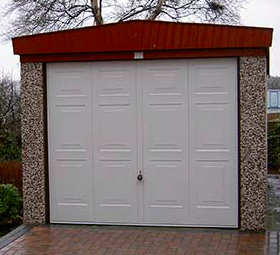
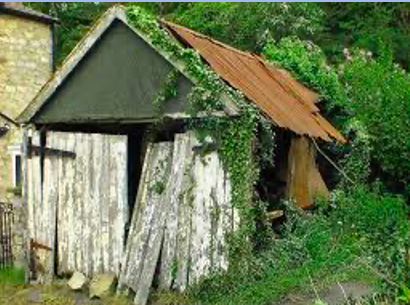
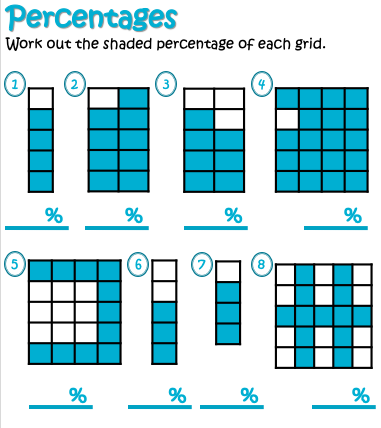

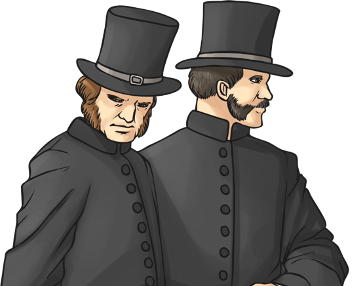
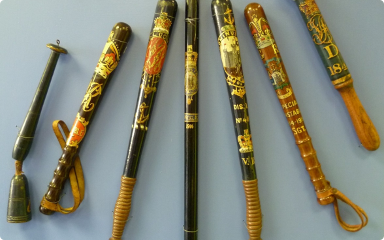 The policemen or ‘Peelers’ wore long, blue coats and tall hats that were strengthened to protect them from blows to the head. Their only weapon was a truncheon – such as those shown in the picture to the right.
The policemen or ‘Peelers’ wore long, blue coats and tall hats that were strengthened to protect them from blows to the head. Their only weapon was a truncheon – such as those shown in the picture to the right.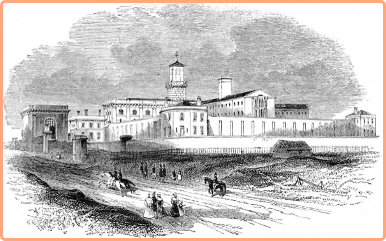
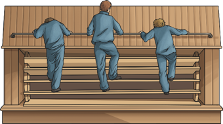

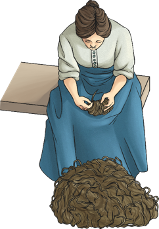
 earn meals for the day.
earn meals for the day.